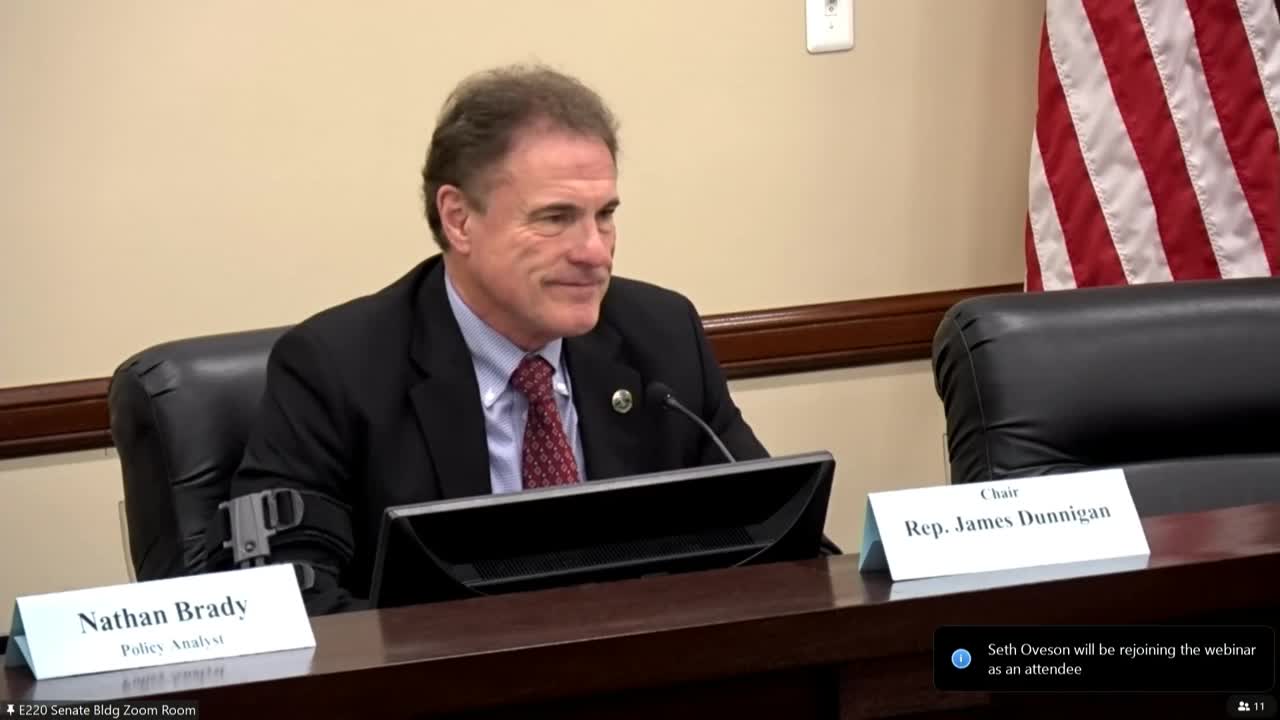Committee backs first substitute to rely primarily on Utah Population Committee estimates for state uses
February 25, 2025 | 2025 Utah Legislature, Utah Legislature, Utah Legislative Branch, Utah
This article was created by AI summarizing key points discussed. AI makes mistakes, so for full details and context, please refer to the video of the full meeting. Please report any errors so we can fix them. Report an error »

Representative Grishas presented the first substitute to House Bill 379, which shifts many state uses of population data from reliance on decennial census and Census Bureau estimates to estimates produced by the Utah Population Committee (UPC), housed at the Kem C. Gardner Institute. The sponsor said UPC can incorporate state and local administrative data and provide more timely and granular county and subcounty estimates for state formulas.
The bill creates a methodology for blending UPC data with census data where UPC data are unavailable, and it directs agencies to use UPC estimates except where federal law requires census data. The sponsor and witnesses said UPC updates its estimates annually and may provide better year‑to‑year population measures for fast‑growing municipalities. Committee members asked where discrepancies had been largest; the sponsor said the largest variance observed in recent truing was in parts of Utah County and Salt Lake County at a few percentage points.
Public testimony supported the change as a way to get more accurate and timely distributions for transportation and other population‑based allocations. Cameron Dale of the Utah League of Cities and Towns and Andrew Gruber of the Wasatch Front Regional Council said local planning and fiscal distributions can benefit from more current data; Dale cited an example in which rapid growth in a city like Eagle Mountain can lag Census estimates and affect formula allocations for fuel tax distributions.
Representative Ward moved to adopt the first substitute and the committee unanimously adopted and recommended the bill favorably. Representative Ward also moved to place the first substitute on the consent calendar; the committee approved that recommendation unanimously.
Why it matters: shifting state statutory reliance to locally produced UPC estimates could change allocations for transportation, funding formulas, and county/city classifications because UPC incorporates administrative records and local input more frequently than decennial census truing.
What’s next: the committee recommended HB379 favorably for substitute and placed it on the consent calendar for further consideration on the House floor.
The bill creates a methodology for blending UPC data with census data where UPC data are unavailable, and it directs agencies to use UPC estimates except where federal law requires census data. The sponsor and witnesses said UPC updates its estimates annually and may provide better year‑to‑year population measures for fast‑growing municipalities. Committee members asked where discrepancies had been largest; the sponsor said the largest variance observed in recent truing was in parts of Utah County and Salt Lake County at a few percentage points.
Public testimony supported the change as a way to get more accurate and timely distributions for transportation and other population‑based allocations. Cameron Dale of the Utah League of Cities and Towns and Andrew Gruber of the Wasatch Front Regional Council said local planning and fiscal distributions can benefit from more current data; Dale cited an example in which rapid growth in a city like Eagle Mountain can lag Census estimates and affect formula allocations for fuel tax distributions.
Representative Ward moved to adopt the first substitute and the committee unanimously adopted and recommended the bill favorably. Representative Ward also moved to place the first substitute on the consent calendar; the committee approved that recommendation unanimously.
Why it matters: shifting state statutory reliance to locally produced UPC estimates could change allocations for transportation, funding formulas, and county/city classifications because UPC incorporates administrative records and local input more frequently than decennial census truing.
What’s next: the committee recommended HB379 favorably for substitute and placed it on the consent calendar for further consideration on the House floor.
View full meeting
This article is based on a recent meeting—watch the full video and explore the complete transcript for deeper insights into the discussion.
View full meeting

